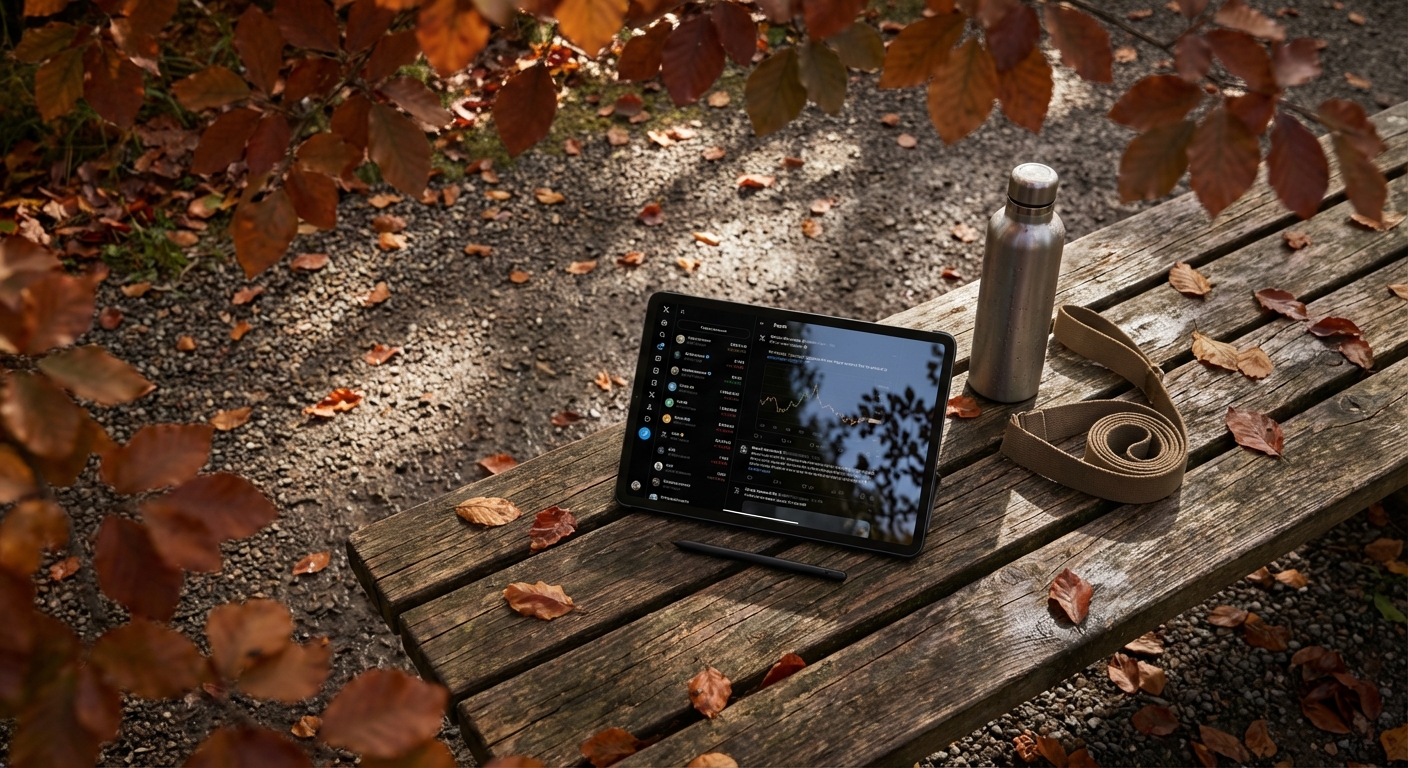
The crypto trading landscape in 2025 is a different beast than just a year ago. With layer-2 networks booming, AI tools everywhere, and volatility at all-time highs, the strategies that work now are the ones being shared in real time by the sharpest minds on Crypto Twitter. If you want to stay ahead, you need to know what these Twitter influencers are actually doing with their own portfolios. Let’s break down the top five crypto trading strategies that have dominated Twitter feeds this year, with practical tips you can implement today.

AI-Driven Sentiment Analysis for Trade Timing
No surprise here: AI-driven sentiment analysis is the hottest tool in every top trader’s kit. Influencers like @rektcapital and @TheRealPlanC have shown how using AI bots to scrape sentiment from millions of tweets, news headlines, and on-chain chatter can give you a razor-sharp edge. The secret sauce? These bots combine real-time Twitter data with price action, so you can spot bullish or bearish momentum before it hits the charts. For example, if Bitcoin is trading at $105,171 and AI sentiment spikes positive after a major ETF announcement, that’s your cue to ride the momentum early.
Platforms like Nansen and LunarCrush are now must-haves for traders who want to automate this process, letting you set alerts when sentiment flips or reaches extreme levels. This isn’t just about hype – it’s about quantifying market mood for smarter entries and exits.
Layer-2 Ecosystem Rotation Strategy
The rise of Ethereum layer-2s has created entire mini-markets within crypto, and Twitter’s best traders are rotating between them for maximum gains. The Layer-2 Ecosystem Rotation Strategy is all about moving capital between leading L2 tokens (think Arbitrum, Optimism, Base) as liquidity, incentives, or narratives shift. Influencers like @DegenSpartan and @Route2FI have been transparent about tracking TVL (Total Value Locked) flows, new airdrops, or ecosystem grants to anticipate where the next pump will be.
Top 5 Crypto Trading Strategies from Twitter Influencers (2025)
-
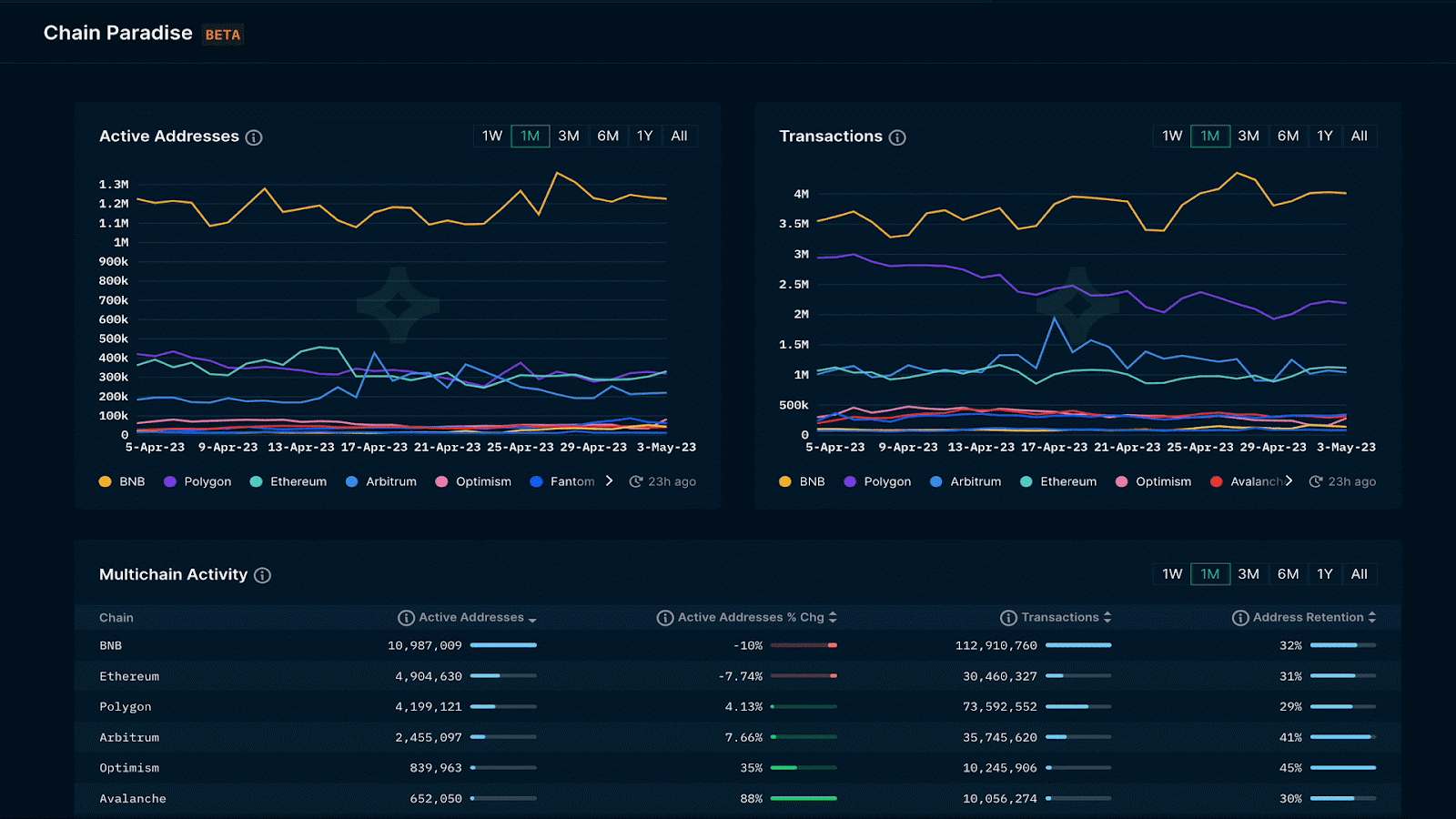
AI-Driven Sentiment Analysis for Trade Timing: Leading influencers leverage platforms like Nansen and LunarCrush to analyze real-time social sentiment and on-chain data. By tracking trending keywords and whale activity on Twitter (X), traders can time entries and exits more precisely, riding the momentum generated by viral narratives.
-
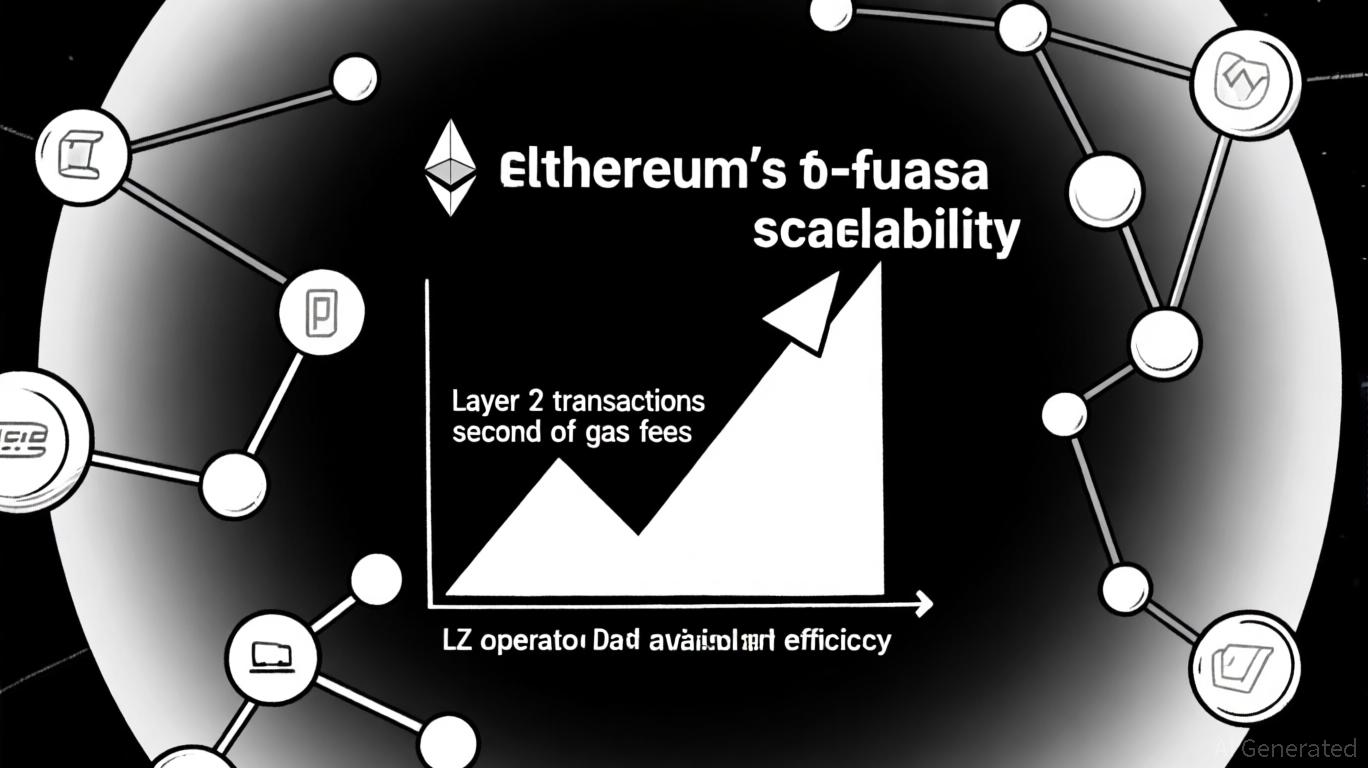
Layer-2 Ecosystem Rotation Strategy: With the rise of networks like Arbitrum and Optimism, Twitter traders rotate capital across Layer-2 ecosystems to capture early gains on new token launches and DeFi protocols. Influencers monitor ecosystem incentives and bridge flows to spot the next hot Layer-2 before mainstream adoption.
-
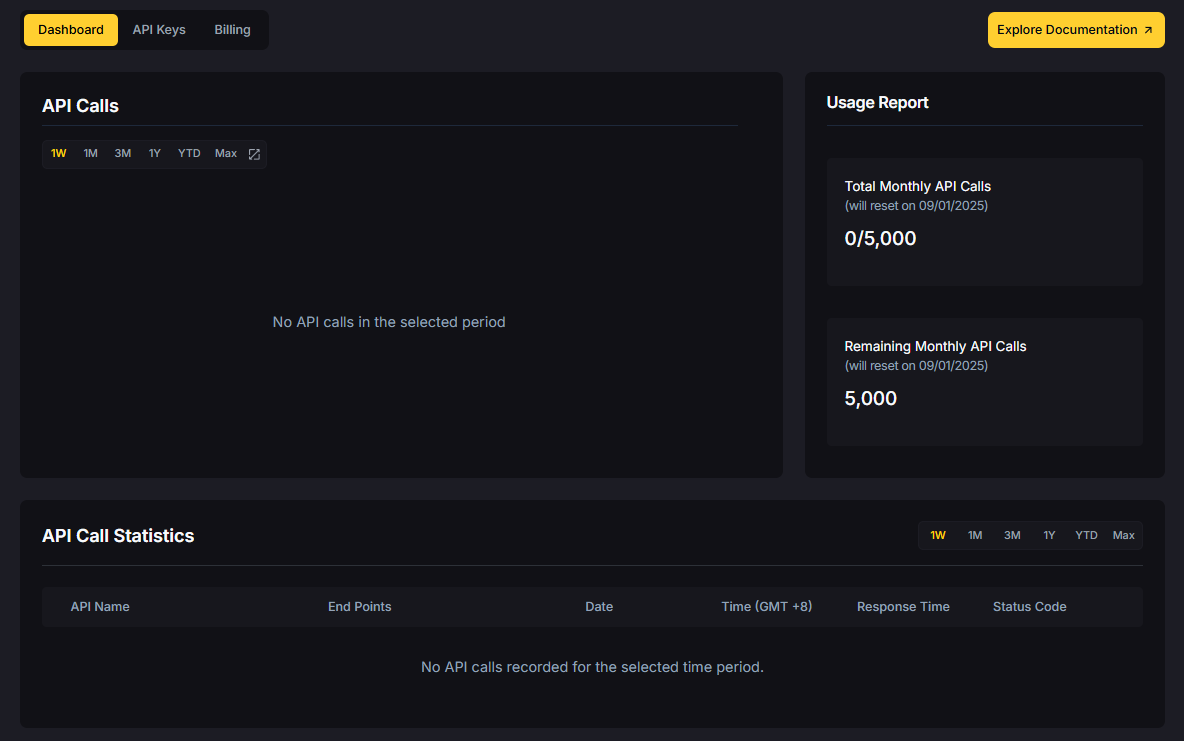
Dynamic Portfolio Rebalancing with Stablecoin Hedging: Using tools like Zapper and DeBank, traders automate rebalancing between volatile assets and stablecoins (such as USDC or USDT). This strategy, championed by top Twitter analysts, helps lock in profits during rallies and reduce downside risk during corrections.
-
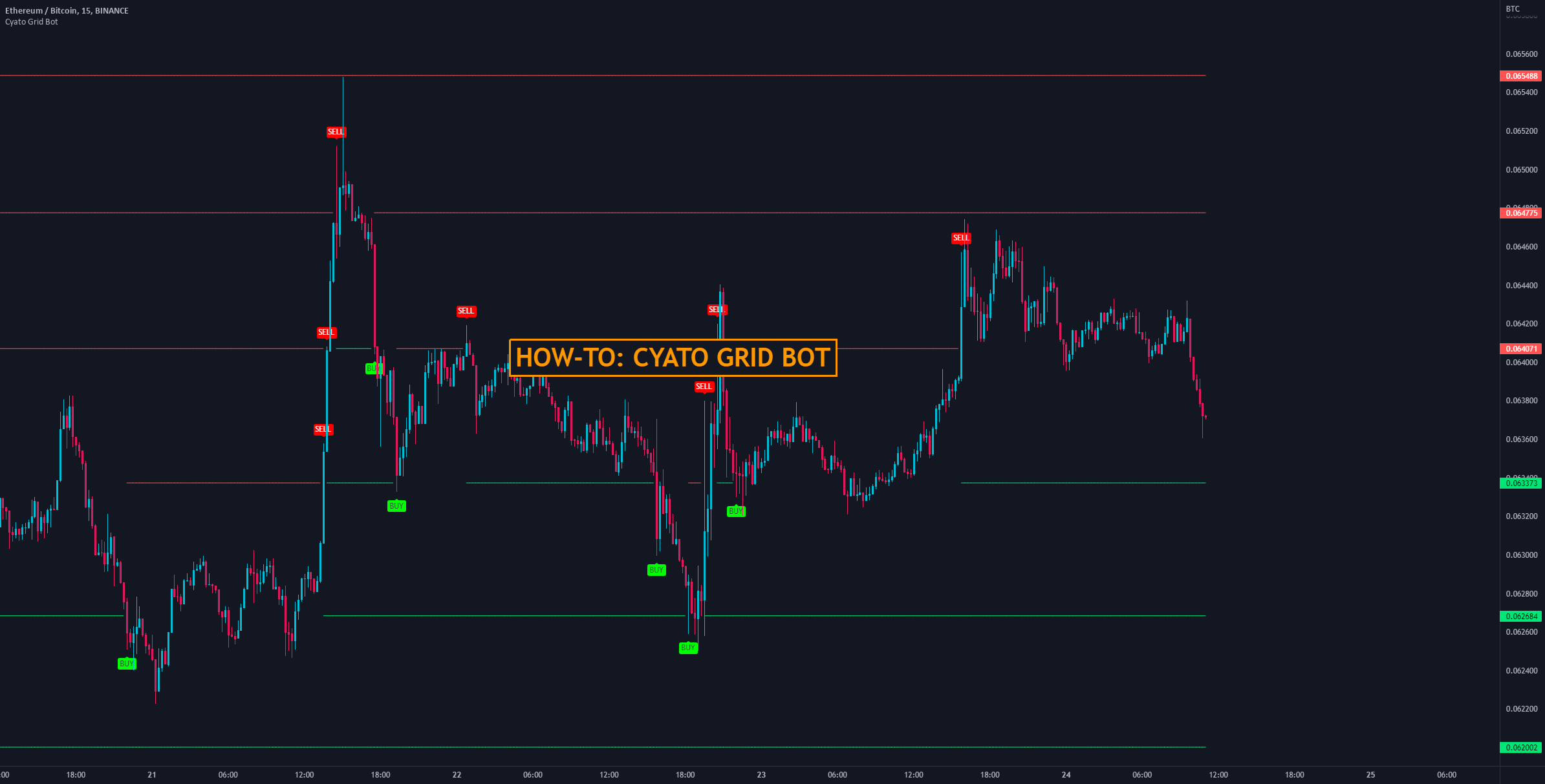
Automated Grid Trading on High-Volatility Pairs: Platforms like Binance and KuCoin offer automated grid trading bots tailored for volatile pairs (e.g., ETH/BTC, PEPE/USDT). Influencers share optimal grid settings and pair selections, enabling followers to profit from price oscillations without constant monitoring.
-
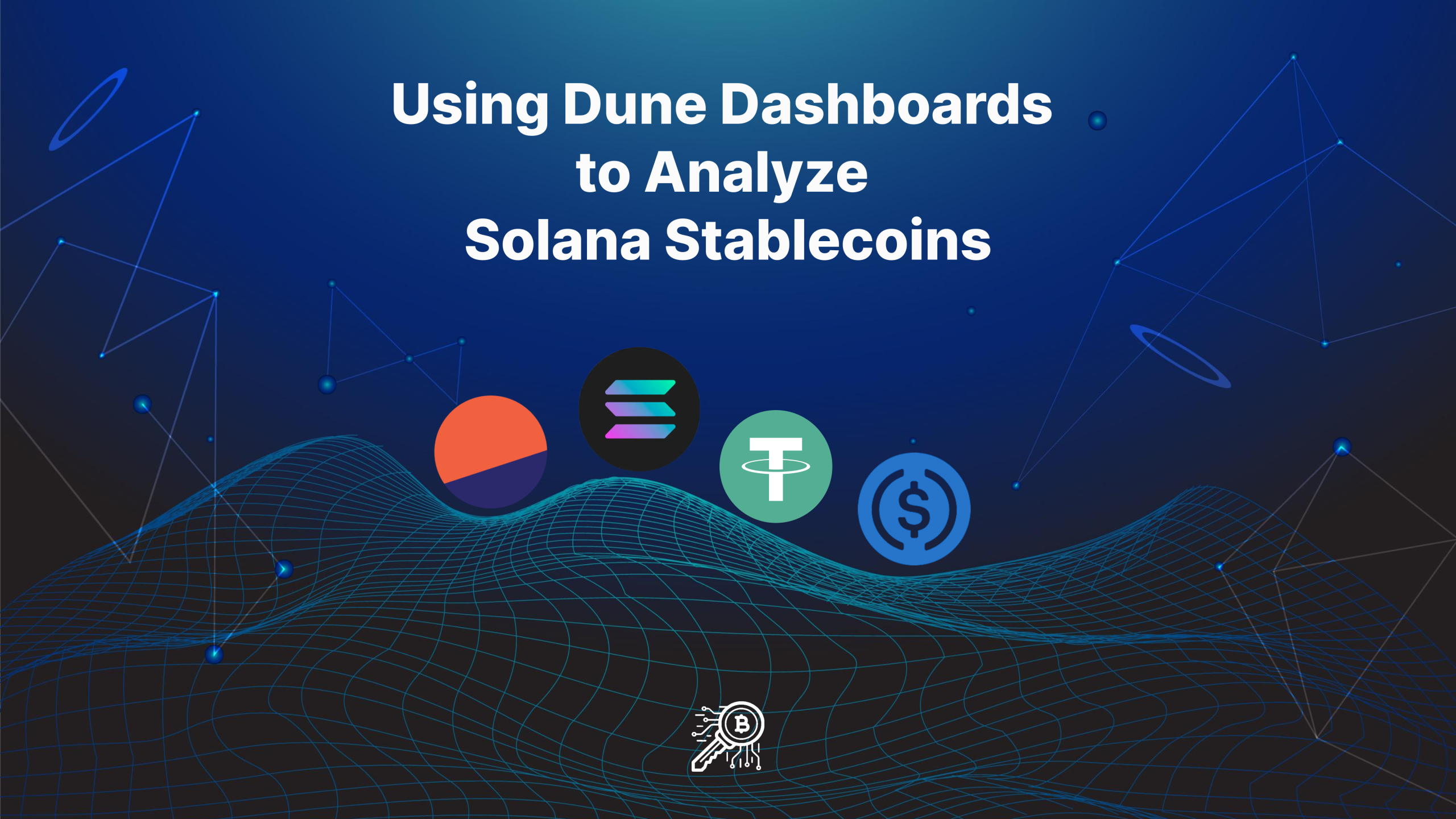
On-Chain Data Monitoring for Early Entry and Exit: Influencers use analytics tools like Dune Analytics and Glassnode to track wallet movements, token unlocks, and liquidity shifts. By acting on on-chain signals before they hit mainstream news, traders gain a critical edge in entering or exiting positions ahead of the crowd.
Here’s how it works: If Optimism surges after a protocol upgrade but starts to cool off, funds rotate into Arbitrum as users chase the next opportunity. By following on-chain data and Twitter chatter, traders can front-run the crowd before the mainstream catches on. This rotation isn’t just about chasing pumps – it’s a disciplined approach to portfolio management in crypto that adapts to fast-moving narratives.
Dynamic Portfolio Rebalancing with Stablecoin Hedging
Volatility is the name of the game in 2025, and that’s why dynamic portfolio rebalancing has become a staple among Twitter’s most-followed traders. The core idea: Set predefined portfolio allocations (say, 40% BTC, 30% ETH, 20% L2 tokens, 10% stablecoins) and rebalance regularly based on market conditions. But here’s the twist that influencers like @CryptoCred are pushing – use stablecoins as a hedge. When volatility spikes or sentiment turns bearish, rotate a portion of your portfolio into USDC or DAI to lock in gains and reduce downside risk.
This approach is all about risk management and profit optimization. You’re not just HODLing through every dip; you’re actively managing exposure, taking profits into stables when markets overheat, and buying back in when conditions improve. Several leading exchanges now offer automated rebalancing tools to make this process seamless for traders at any level.
Automated Grid Trading on High-Volatility Pairs
High-volatility pairs have always attracted aggressive traders, but in 2025, the real pros are letting automated grid trading bots do the heavy lifting. Twitter influencers like @AltcoinPsycho and @CryptoDonAlt have been vocal about their preference for grid trading on pairs that regularly see double-digit intraday swings. Here’s the play: set up a series of buy and sell orders at fixed intervals above and below the current price. As the market chops sideways or whipsaws, these bots scoop up small profits on each oscillation.
What’s different this year? The bots are smarter and more customizable than ever. Dynamic grid adjustments, real-time volatility sensing, and risk controls mean you can automate the grind without getting caught in a sudden trend reversal. This strategy is perfect for traders who want to capitalize on unpredictable price action, especially when Bitcoin is hovering around $105,171 and altcoins are moving even wilder. For those new to the technique, many exchanges now offer plug-and-play grid bots tailored for volatile pairs.
Remember: while grid trading can rack up small wins, it requires strict risk mitigation. Always set stop-losses and monitor your exposure, especially during major news events or flash crashes.
On-Chain Data Monitoring for Early Entry and Exit
Perhaps the most exciting evolution is how on-chain data monitoring has gone mainstream, thanks to Twitter’s data-savvy crowd. Influencers like @Lookonchain and @nansen_ai are constantly sharing wallet flows, token unlock schedules, and whale activity that can signal imminent moves before price reacts. By watching for sudden inflows to an exchange or a spike in new wallet creations, you can get a jump on both entries and exits, sometimes hours ahead of the herd.
For example, if you notice a major player moving millions in ETH to Binance right as sentiment turns sour, that’s a red flag for a potential dump. Conversely, tracking smart money accumulating a new L2 token before a big ecosystem announcement can put you in pole position for the next leg up. The best part? Most of these insights are shared live on Crypto Twitter, meaning you can act fast and stay nimble.
To make this work, set up alerts for large transactions, token unlocks, and whale wallet movements. Combine these signals with your own technical analysis for a true edge. As always, double-check sources and don’t blindly follow every whale move, context is everything.
Putting It All Together: Real-World Execution
What sets the top crypto traders apart in 2025 isn’t just knowledge of these strategies, it’s their ability to blend multiple tactics in real time. The sharpest influencers are layering AI-driven sentiment signals with on-chain alerts, rotating between L2 ecosystems as narratives shift, and dynamically rebalancing to lock in gains while hedging risk. Automation is everywhere, but human judgment and community insights remain irreplaceable.
If you want to level up your game, start by following the Twitter accounts mentioned throughout this article and plug into their live updates. Experiment with grid trading bots on demo accounts, set up sentiment alerts, and don’t be afraid to rebalance aggressively during periods of high volatility. Crypto trading in 2025 is fast, data-driven, and social, so leverage every tool at your disposal and stay plugged into the conversation.
For more on swing trading strategies and the best exchanges to use this year, check out the latest coverage from Osiz Technologies and Axios.



